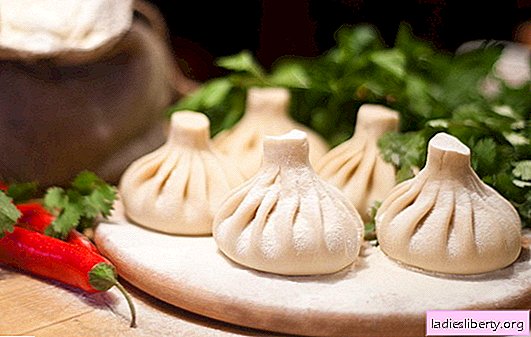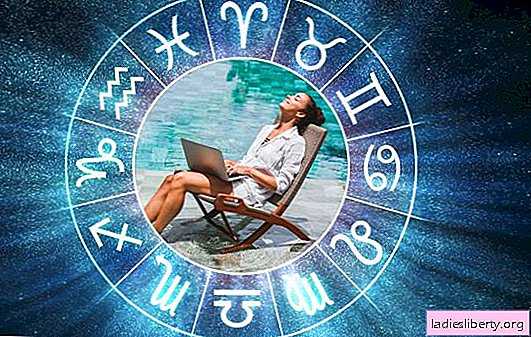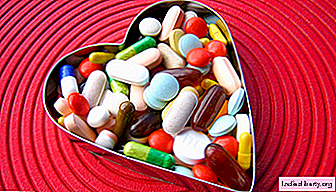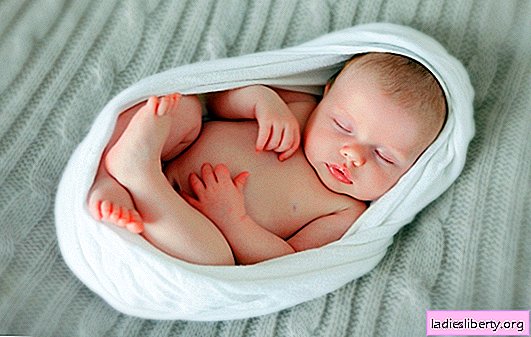
Cholecystitis - This is a process that is provoked by irritation, and therefore inflammation of the gallbladder, located near the liver and participating in the digestion process. Bile is released through the ducts into the duodenum 12, but due to problems with its excretion, it accumulates in the gall bladder, which threatens incredible pain and infection.
Cholecystitis - causes
Cholecystitis can develop as a result of many causes, but nevertheless, in most cases, it provokes stones that accumulate in the gallbladder and make it difficult to exit the bile. It can also happen due to some kind of trauma or as a complication of more serious diseases (diabetes mellitus, etc.). In such cases, cholecystitis is considered only a complication, and not an independent disease.
As a result of the above reasons, cholecystitis develops in an acute form, while chronic is observed in cases of prolonged irritation, when the walls of the gallbladder become denser.
Cholecystitis - Symptoms
50% of all patients diagnosed with acute cholecystitis account for age after fifty years. At first, there is a sharp pain in the lower right hypochondrium, which has an unexpected character and develops as a result of blocking the bile duct with a stone. The consequence of this is irritation and inflammation in the gallbladder.
After a certain period of time, the pain disappears both on its own and after taking the pain medication. However, it soon intensifies again and later becomes regular. Cholecystitis begins to worsen, which is accompanied by vomiting, nausea and fever. The general condition of the patient continues to deteriorate.
As a result, the withdrawal of bile into the intestine is completely stopped. The skin and sclera of the patient become bright yellow (jaundice). Dry tongue with white coating is characteristic.
In no case should you postpone a visit to the doctor, as this is fraught with the development of peritonitis.
Cholecystitis - diagnosis
When making the diagnosis of "acute cholecystitis", the doctor is guided by the history collected from the patient (reveals gross violations in his diet and whether stressful situations happened to him). The doctor also finds out if there are symptoms of biliary colic, and produces palpation of the abdominal wall. If the suspicions are confirmed, then the patient is sent for an ultrasound of the abdominal cavity organs, where an increase in the gallbladder and the presence (absence) of stones in the organ or its ducts are detected.
More detailed information about the organs of the abdominal cavity can give computed tomography. For an expanded study of the bile ducts, ERCP is prescribed, that is, endoscopic retrograde cholangiopancreatography.
In a blood test, you can see leukocytosis and high ESR, bilirubinemia and dysproteinemia, as well as an increased activity of enzymes (aminotransferases and amylases) is found in a biochemical study of urine and blood.
Cholecystitis - treatment and prevention
Acute cholecystitis is a direct indication for urgent hospitalization of a patient in the surgical department. At first, conservative treatment is used, consisting in complete rest and exclusively parenteral nutrition, that is, the introduction of intravenous nutrient mixtures. If the patient has a fever or he is elderly or suffering from diabetes, he is shown the use of broad-spectrum antibiotics.
At this stage, it is very important to eliminate the pain syndrome, reduce general intoxication and inflammation. If conservative treatment begins to give positive results, then continue it. If not, then decide on the need for surgical intervention. An absolute indication for surgery is a suspicion of gangrene, perforation, phlegmon of the gallbladder and peritonitis based on destructive cholecystitis.
Cholecystitis is prevented by observing the rules of a healthy diet, by restricting the use of large amounts of fatty, spicy foods, and alcohol. Physical activity is also important, since inactivity contributes to stagnation of bile, the formation of calculi.
It is advisable to eat according to the regimen (every 4 hours, at least). You also need to drink plenty of fluids and not overeat before bedtime.
An intestinal parasite (giardia and roundworm), obesity and stress have an adverse effect on the state of the gallbladder.
Comments











